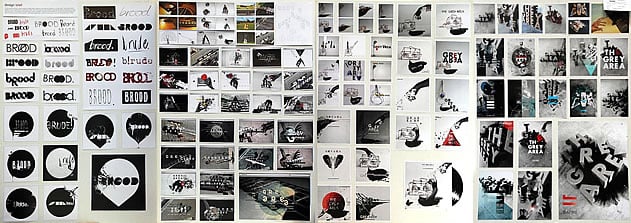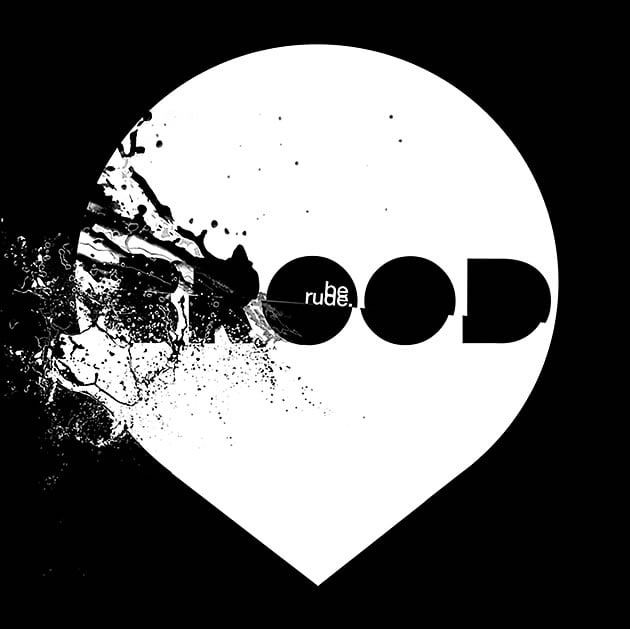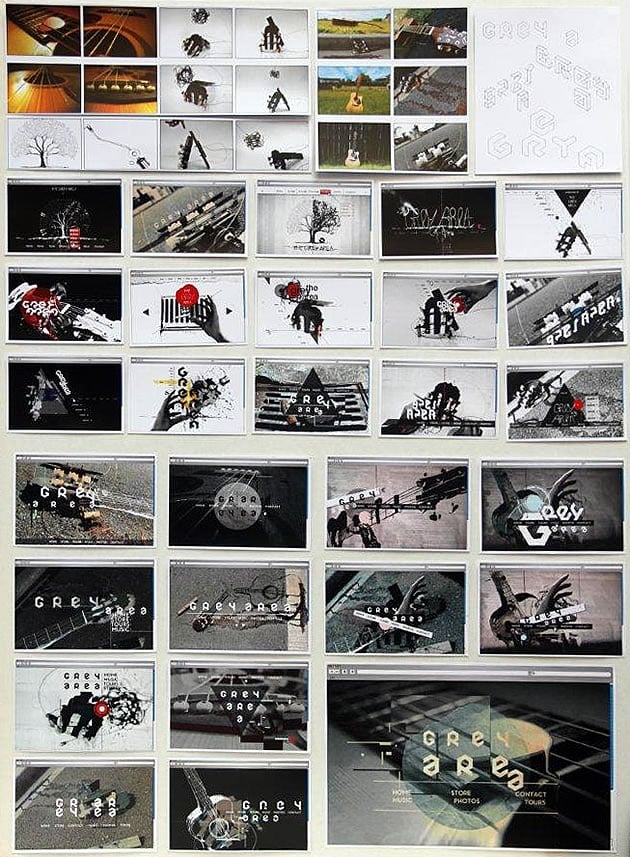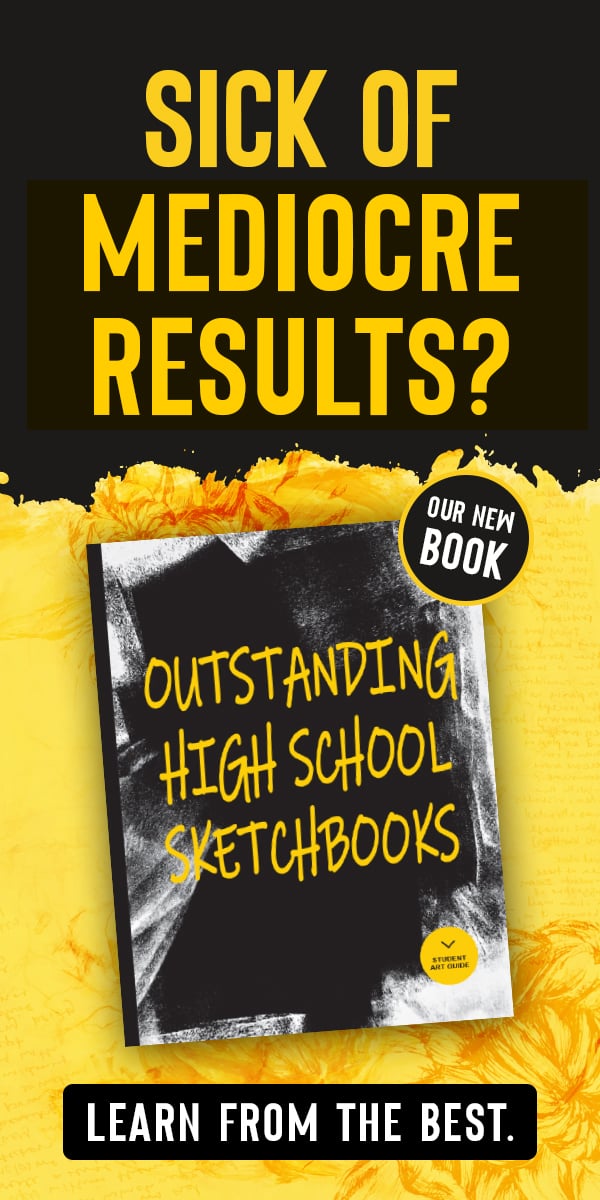Last Updated on April 2, 2023
This article features an exceptional high school Graphic Design project by Linus Goh. It was completed as part of A Level Art (Graphics) CIE and NCEA Level 3 Design Scholarship while studying at Macleans College, Auckland, New Zealand. Linus was awarded Top in New Zealand for his AS and A Level projects (October 2011 and 2012 examination sessions), gaining 96% and 97% respectively, as well as Outstanding Scholarship – the highest result possible for a New Zealand NCEA Year 13 student. Linus was also awarded the ‘Friends of the Gallery Award’, which is presented to a student in the Auckland region, for outstanding commitment and passion for the visual arts.
There are always those who assume that high school Art and Design is a practical subject without intellectual rigour: that complex, high-order thinking is not required. The interview with Linus below is another reminder that those who excel in Art and Design are not just technically able, creative students with an eye for composition; they are articulate, intelligent individuals who possess superb analytical and problem solving skills. The advice Linus gives regarding use of first-hand imagery is particularly valuable. Enjoy!

Please give us an overview of your Graphic Design project.
Linus: My Graphic Design project consisted of designing a music label called ‘Brood’ and a series of work such as posters, websites and album covers for the band named ‘The Grey Area’. I chose this brief mainly because I wanted a whole different type of project from my AS which was largely based on manga/anime – it also really challenged my abilities to adapt to a whole different type of design. The name ‘The Grey Area’ represents the ever changing music industry and my personal struggle to find favour in specific genres of music.


Art and Design teachers often encourage students to draw inspiration from first-hand observation or experiences. Graphic Design students can be unsure how these recommendations apply to them. Can you describe how first-hand experience has influenced your project?
Linus: Initially I found first hand work quite pedantic and troublesome and thought why bother making some typography when I could just download slick looking fonts off the internet, but you realise first-hand observation allows you to form a closer relationship with your work and gives a ‘soul’ to it, as graphic designer Jesse LeDoux put it when I interviewed him for my Personal Study. All photography work you see on my boards is first hand as well as the wire sculptures and the 3D typography in the fourth board. It also helps to develop your own personal style and the more media you work with the more you get comfortable with what kind of aesthetic you’re looking for in your work; and design is probably the only art subject that really exposes you to such flexibility. Knowing how to manipulate photos and textures to your own discretion is a good skill to have, but definitely first-hand work is a must if you want to achieve a sense of originality and fluidity in your work.


Which designers did you study and how have these influenced your work?
Linus: Some designers that appealed to me for my A level work includes Non-Format, Bionic Systems and Bauhaus. I liked the modern approach to their design and their ability to attain a sense of spatial elegance amongst the intricate clutter. I started with the famous Bauhaus designers which influenced the colour scheme of bold blues, reds and yellows in my third A1 board and also using pure shapes. Non-Format and Bionic Systems were for my other boards, while still keeping a minimalistic approach.


The majority of the work on your folio boards is computer generated. What are the benefits of creating a primarily digital submission?
Linus: The computer programmes used in the digital work are mainly Photoshop and a little bit of Illustrator. A digital file gives you the ability to tweak and re-work as time goes on, as you develop your ideas fully and attain a stronger grasp on your desired aesthetic, not to mention working digitally is a lot faster. Working digitally does not compromise ability to use mixed media but should be used in conjunction with it to achieve a more polished and refined result. I’m not a wiz at Photoshop but as long as you’re familiar with the basic controls/hotkeys and functions and think about things logically it’s fine – YouTube tutorials were helpful but in the end once you get your own grasp on the programme you develop your own method and style to get what you want.


Many New Zealand students who enter Cambridge qualifications wish to sit NCEA Scholarship also (NCEA Scholarship is a qualification entered by the very top candidates in New Zealand). Did you find sitting both qualifications challenging? What advice would you have for others who wish to follow this path?
Linus: Completing both the A2 programme and NCEA Scholarship is extremely advantageous and your work develops a lot further through a more thorough exploration. It was troublesome reformatting my board a few times, but with a lot of help and advice from the teachers, extra work was kept to a minimum. Also Scholarship challenges the Cambridge students more and pushes them harder, as you realise there’s a whole lot of NCEA students that you are competing with. The Personal Study bit of A Level proved to be extremely useful when it came down to completing the Scholarship pages as many things overlapped together. Deadlines aren’t a problem as long as you work hard and organise yourself.

What advice do you have for other high school Graphic Design students who wish to gain excellent grades?
Linus: Your design work should become a habit you can’t stop doing (even if it means slightly neglecting your other subjects – don’t quote me) but most of all enjoy it!
This is the first of several outstanding Art projects from the Macleans College Art Department that we will be featuring over the coming weeks. Macleans College has consistently achieved exemplary results: it is an honour to be able to able to share and celebrate some of their work!
Did you enjoy this article? Please share it using the social media buttons below!

Amiria has been an Art & Design teacher and a Curriculum Co-ordinator for seven years, responsible for the course design and assessment of student work in two high-achieving Auckland schools. She has a Bachelor of Architectural Studies, Bachelor of Architecture (First Class Honours) and a Graduate Diploma of Teaching. Amiria is a CIE Accredited Art & Design Coursework Assessor.
